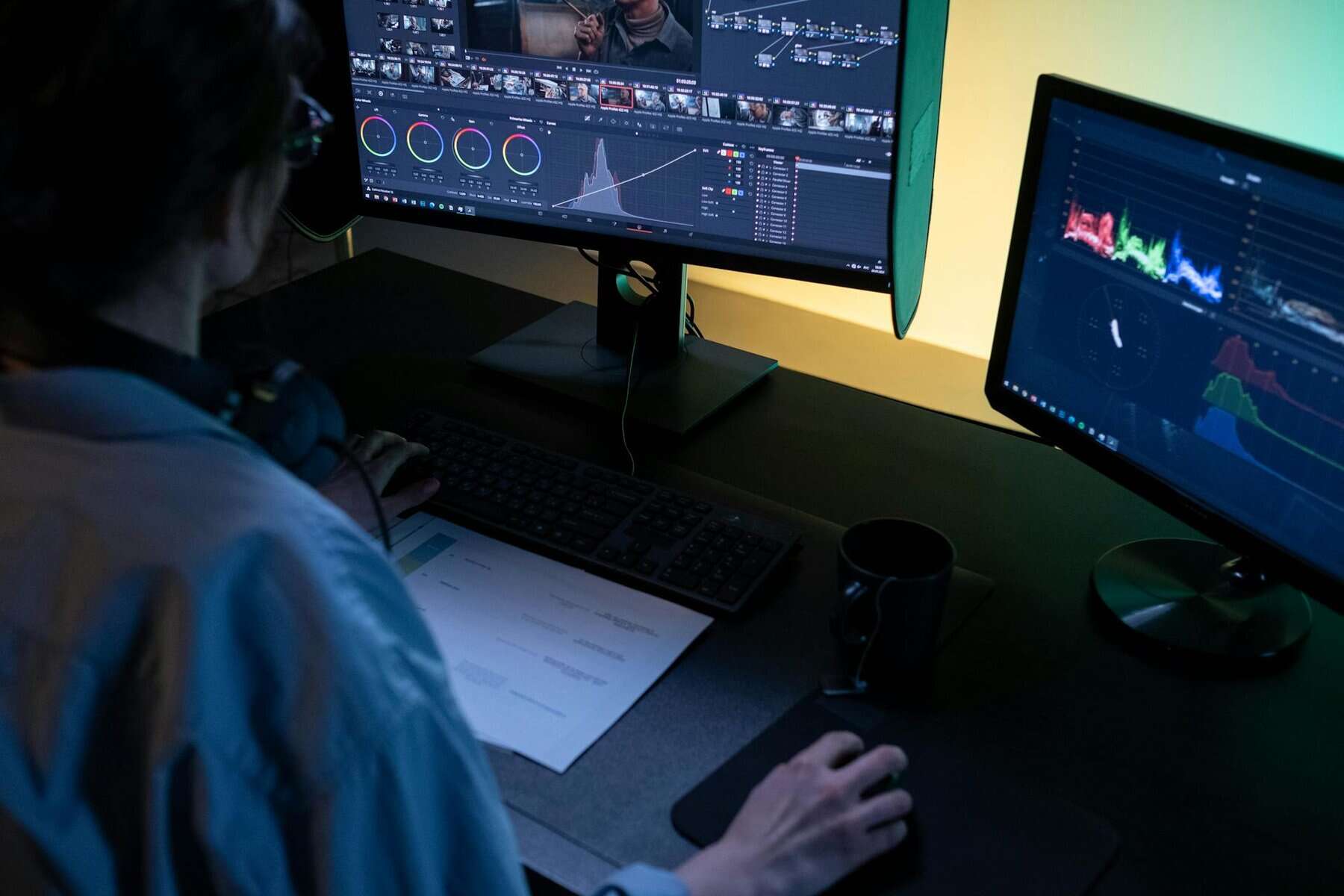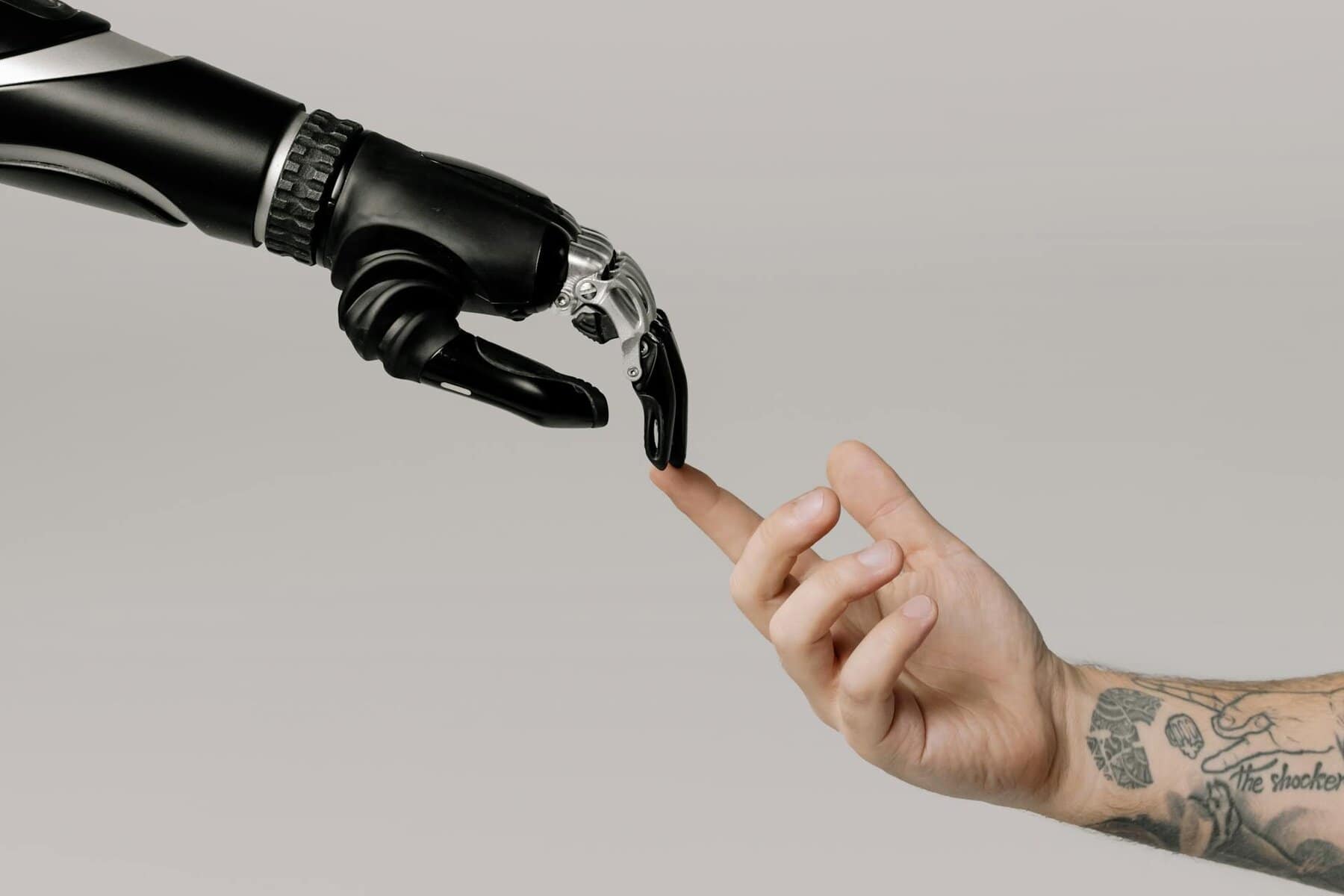In recent years, a quiet revolution has taken root in the world of tattooing. What was once solely the realm of traditional sketches and painstaking hand-drawn designs is now experiencing a fusion of art and advanced technology. AI image generation is reshaping body art, empowering both artists and clients to explore creative possibilities that were previously unimaginable. This emerging trend is transforming the tattoo industry in profound ways.
A New Canvas for Creativity
Tattoo design has always been a deeply personal and expressive art form. Traditionally, tattoo artists would spend hours conceptualizing, sketching, and refining their ideas by hand. Today, however, AI image generators offer a creative head start. These tools allow users to simply input a descriptive prompt and receive multiple design options within minutes. The result is a digital playground where creativity knows no bounds.
For many artists, AI is not a replacement but rather a collaborative partner. Instead of starting from a blank canvas, they can now begin with a digitally generated design and then fine-tune it with their personal artistic flair. This blend of machine-generated precision and human creativity results in tattoos that carry both innovative edge and traditional soul.
Bridging the Gap Between Efficiency and Artistry
One of the most compelling benefits of AI in tattoo design is efficiency. AI-powered tools can rapidly produce an array of design options that match the user’s input. This means what once took artists hours of drafting can now be initiated in a fraction of the time. The practical impact is significant:
- Speedy Drafts: Generative AI can create multiple tattoo concepts almost instantly, offering a starting point that saves time and sparks inspiration.
- Customization at Scale: Clients can experiment with various styles, complexity levels, and placements by simply tweaking their text prompts, ensuring a tailored experience.
- Enhanced Focus on Technique: With design brainstorming streamlined, tattoo artists can devote more energy to perfecting the technical aspects of tattoo application, ensuring the final artwork translates well onto skin.
In essence, AI is like a digital sketchpad that offers endless possibilities. Artists still maintain complete creative control—they adjust and refine the AI-generated images to ensure they not only look good on paper but also suit the contours and texture of the human body. For example, tools like CGDream leverage advanced Flux technology to generate high-quality, naturally looking visuals that empower artists to further refine and personalize their designs: https://cgdream.ai/
Diverse Opinions and Industry Debates
As with any disruptive technology, the integration of AI into tattooing has sparked a lively debate within the industry. Some purists argue that relying on AI undermines the very essence of tattoo artistry. They believe that the personal touch, the human emotion behind a hand-drawn design, is irreplaceable.
On the other hand, many professionals see AI as an indispensable tool for modern tattooing. Here are some of the key perspectives:
- Proponents of AI:
- Inspiration Catalyst: AI-generated designs serve as a creative springboard, helping artists visualize ideas that might have taken days to develop.
- Time Efficiency: The speed at which designs are produced allows for a more dynamic client consultation process, where multiple concepts can be reviewed quickly.
- Expanded Creative Range: By generating designs based on detailed prompts, AI opens up new styles and intricate details that might otherwise be overlooked.
- Critics of AI:
- Loss of Personal Touch: There’s a concern that tattoos designed by AI may lack the “soul” that comes from an artist’s personal expression.
- Over-Reliance on Technology: Some fear that as AI tools become more sophisticated, the craft of hand-drawing may be devalued.
- Quality Concerns: Despite significant advancements, AI-generated designs sometimes exhibit anatomical or stylistic imperfections that require considerable human intervention.
This dichotomy reflects a broader tension in the creative world: balancing efficiency with the unique qualities that define human artistry.
The Future of Tattoo Design
Looking ahead, the integration of AI in tattooing is likely to deepen. As generative AI technology continues to evolve, so too will its applications in body art. Upcoming developments may include:
- Improved Accuracy: Future AI models are expected to minimize errors such as distorted proportions or awkward placements, making them even more reliable as creative tools.
- Enhanced Customization Tools: With advances in machine learning, tattoo generators may soon offer even more nuanced controls—allowing artists to specify elements like shading, line weight, and color gradients.
- Virtual Tattoo Try-Ons: Some companies are already exploring augmented reality solutions, enabling clients to visualize how an AI-generated design would look on their skin before getting inked.
These innovations promise to further democratize tattoo design, offering an accessible yet sophisticated toolset for both budding and seasoned artists. Moreover, some emerging platforms, such as the ai tattoo generator from photo, allow artists to transfer stylistic elements between images and maintain consistency in design—features that are becoming increasingly vital in creating visually cohesive tattoos.
Embracing a Hybrid Future
The fusion of ink and innovation illustrates a key trend in many creative industries today—leveraging AI to enhance, rather than replace, human talent. Tattoo artists are beginning to embrace these digital tools as a means to elevate their craft and deliver exceptional results for their clients.
In a rapidly evolving artistic landscape, the role of the tattoo artist is set to change. While AI may generate the initial idea, it is the artist’s skill in adapting and perfecting that idea which ultimately creates a tattoo that is not just a design, but a piece of personal art.
The convergence of traditional techniques and cutting-edge technology represents more than a trend; it signifies the future of body art. It is a dynamic blend where human creativity meets the efficiency of AI, ensuring that each tattoo is both innovative and deeply personal.
By embracing this hybrid approach, the tattoo industry is poised to offer richer, more versatile, and inspiring experiences for artists and clients alike. As technology and tradition continue to intertwine, one thing is clear: the art of tattooing is evolving—and it’s an exciting time to be part of this vibrant creative revolution.






